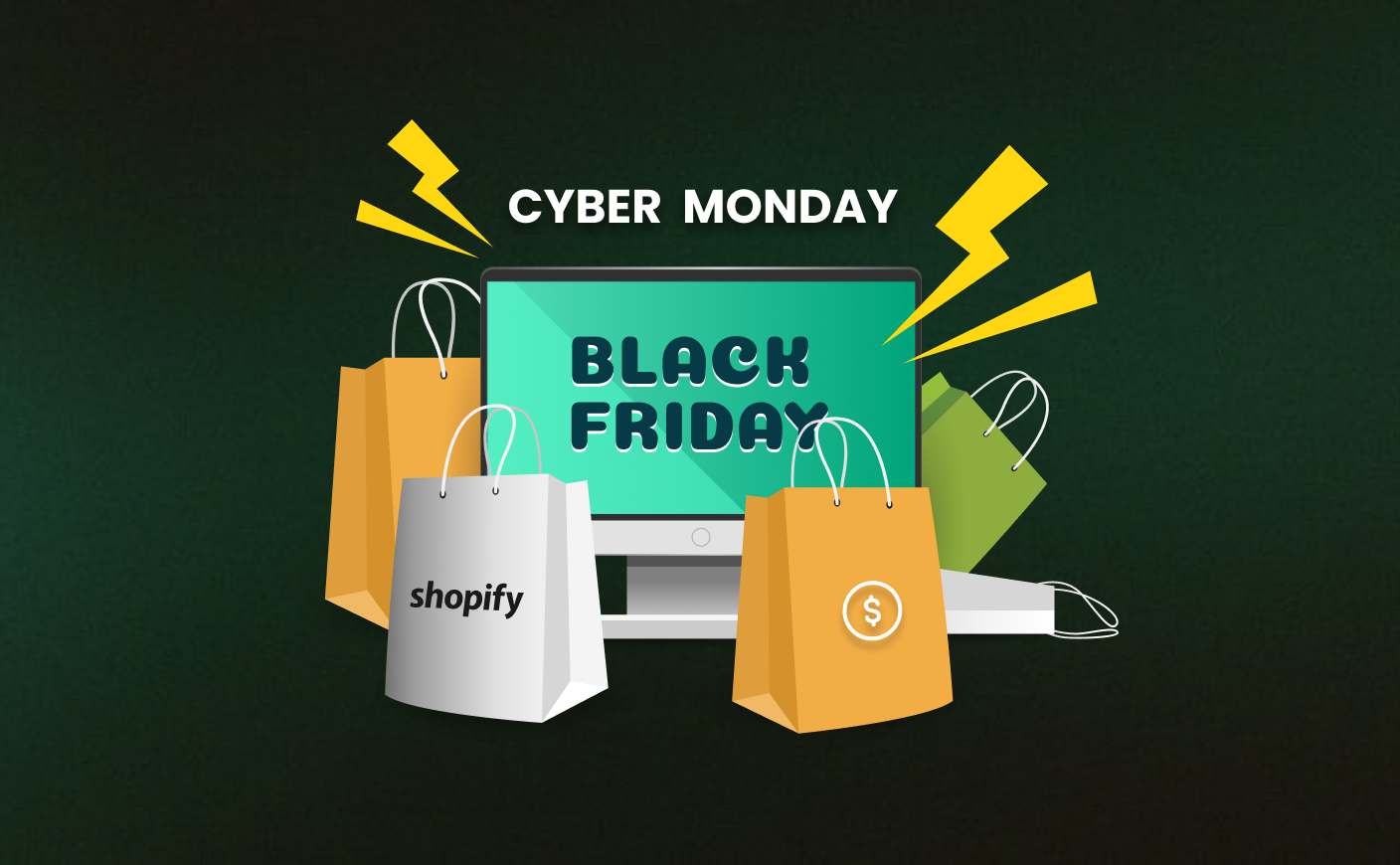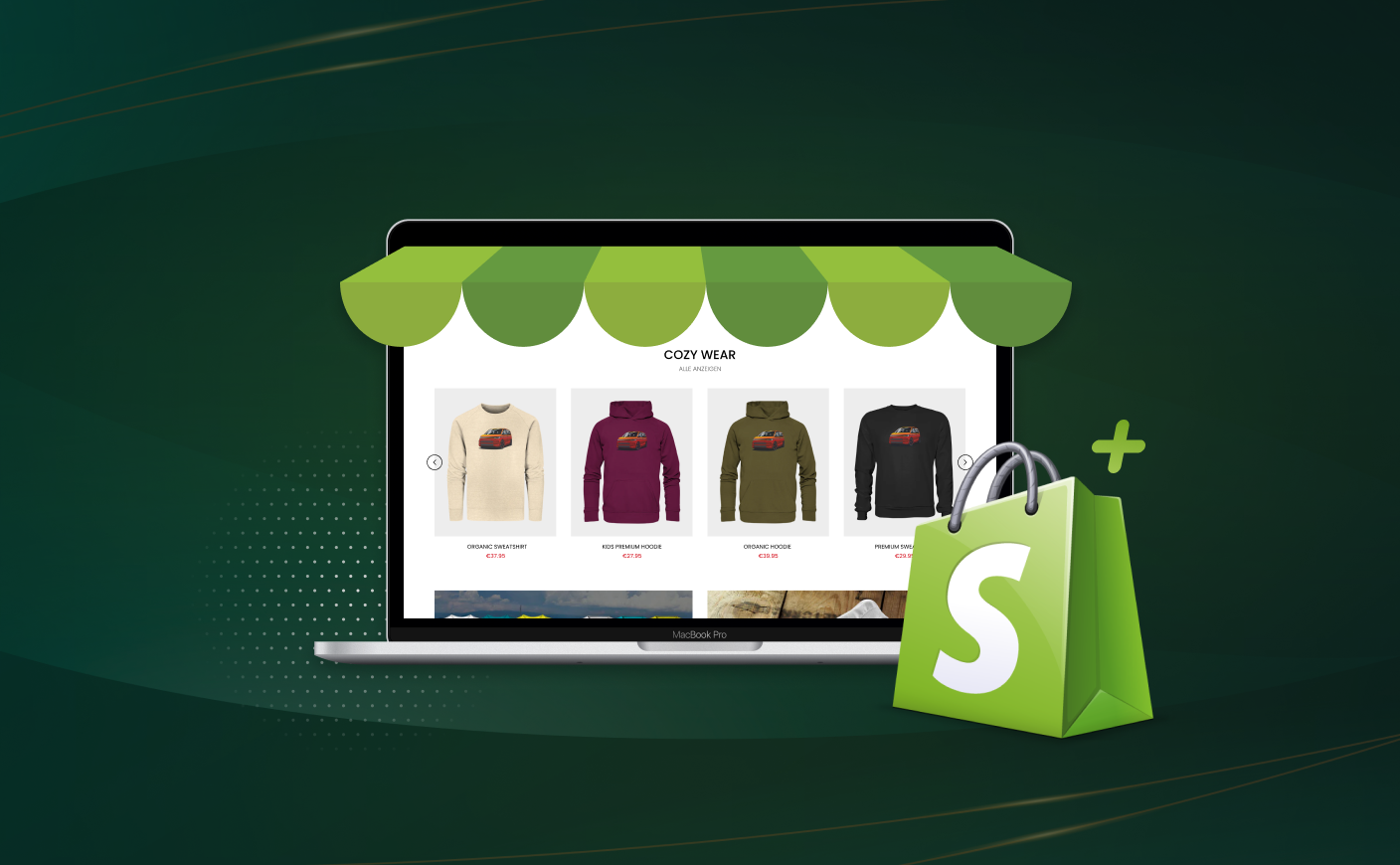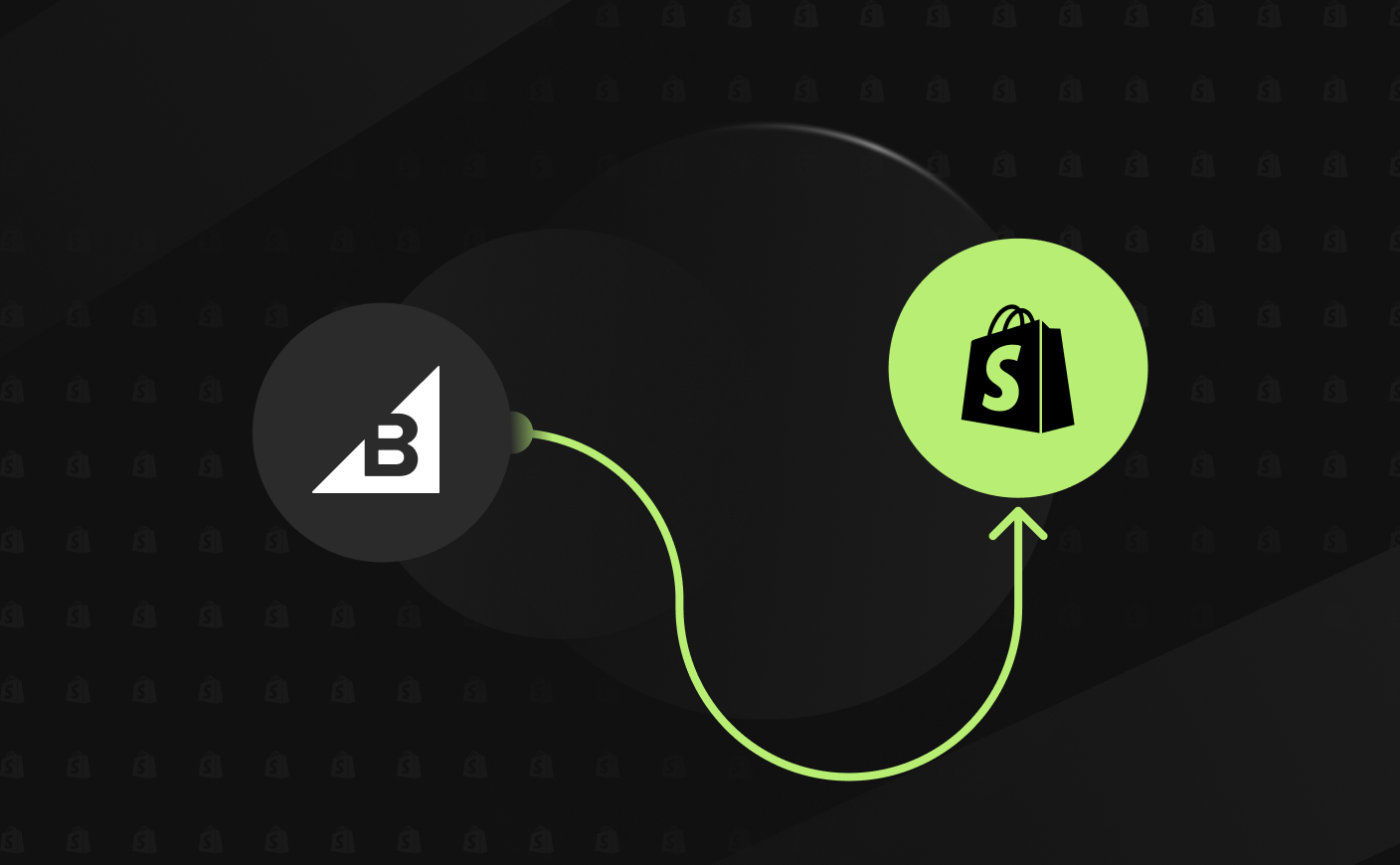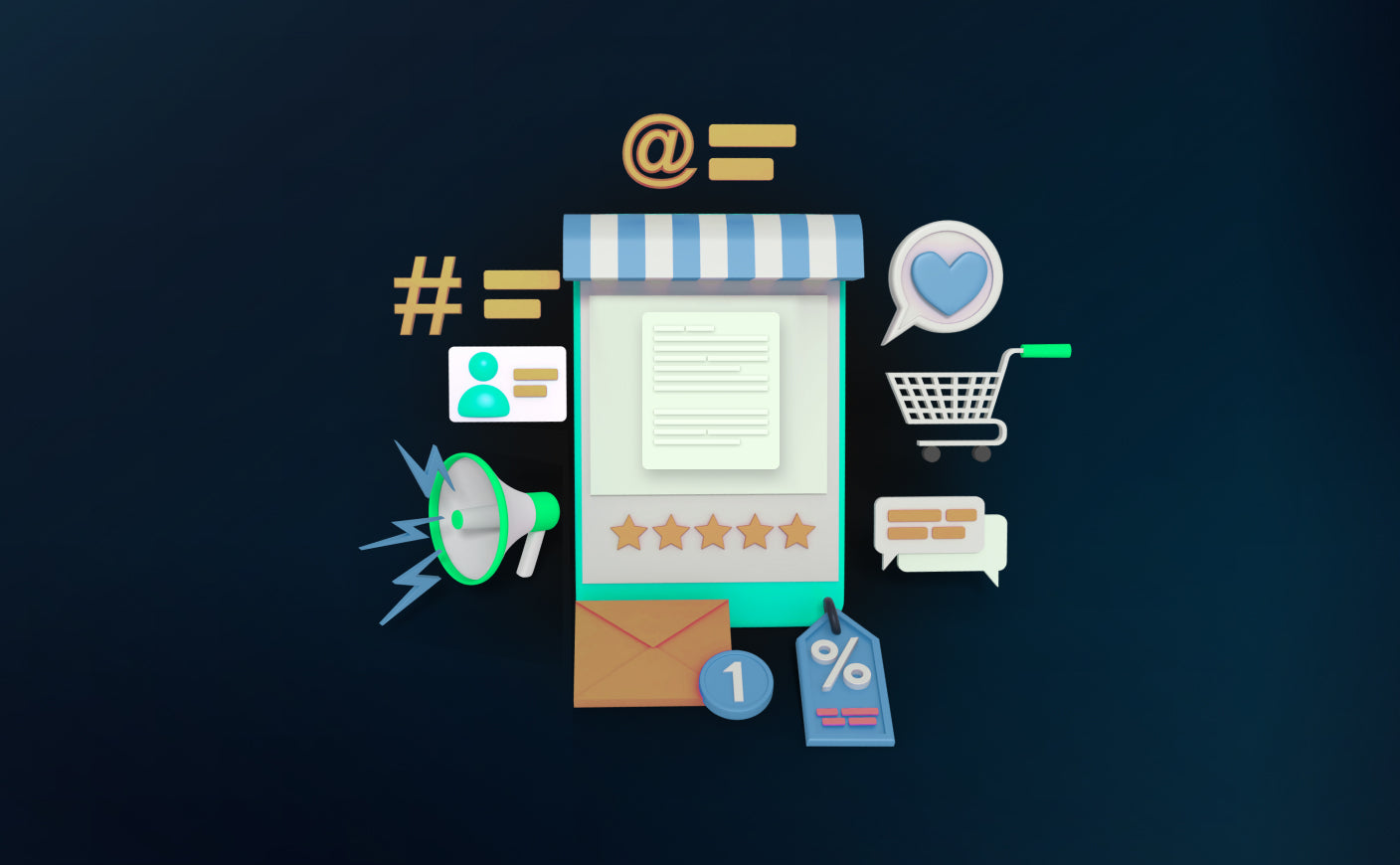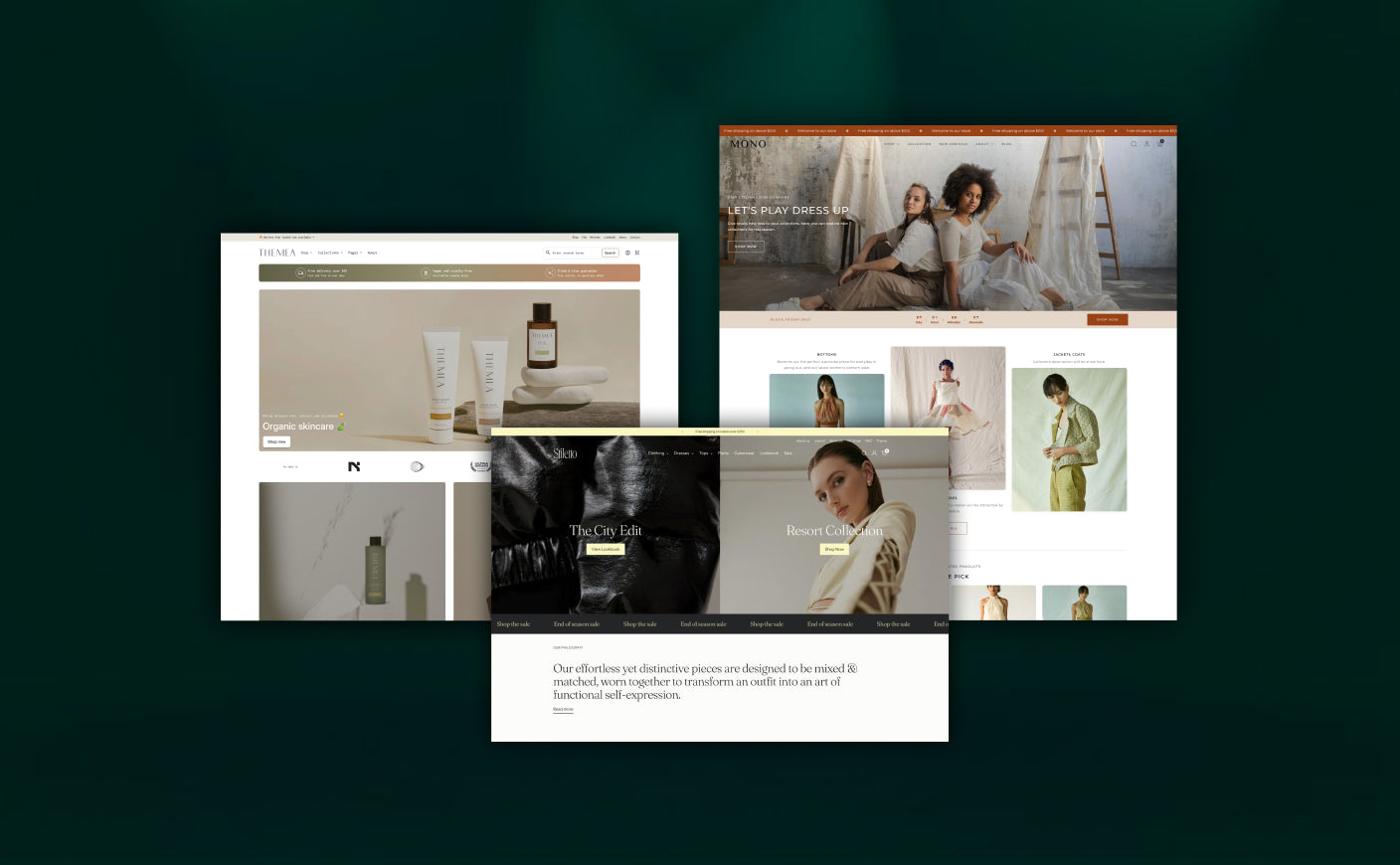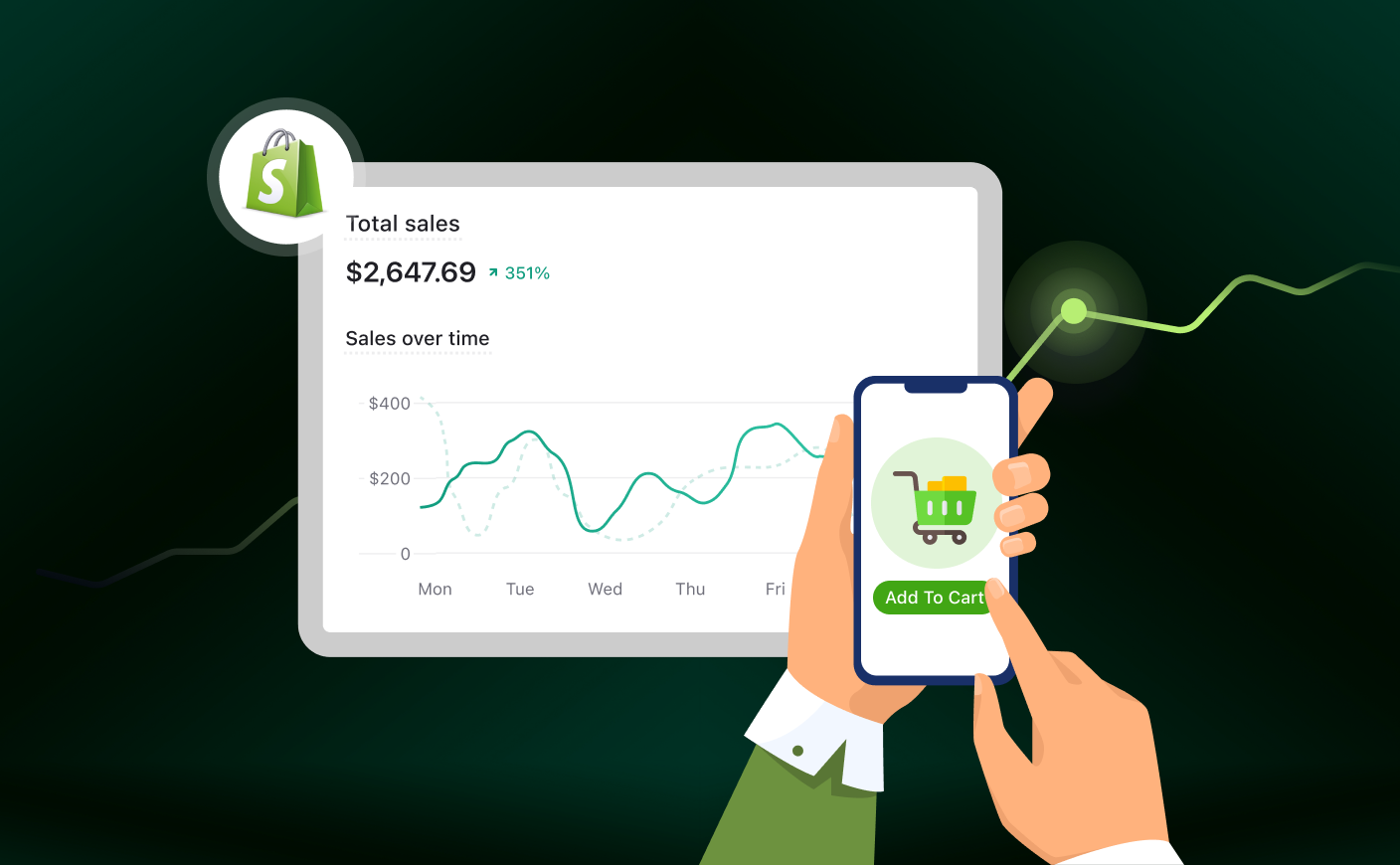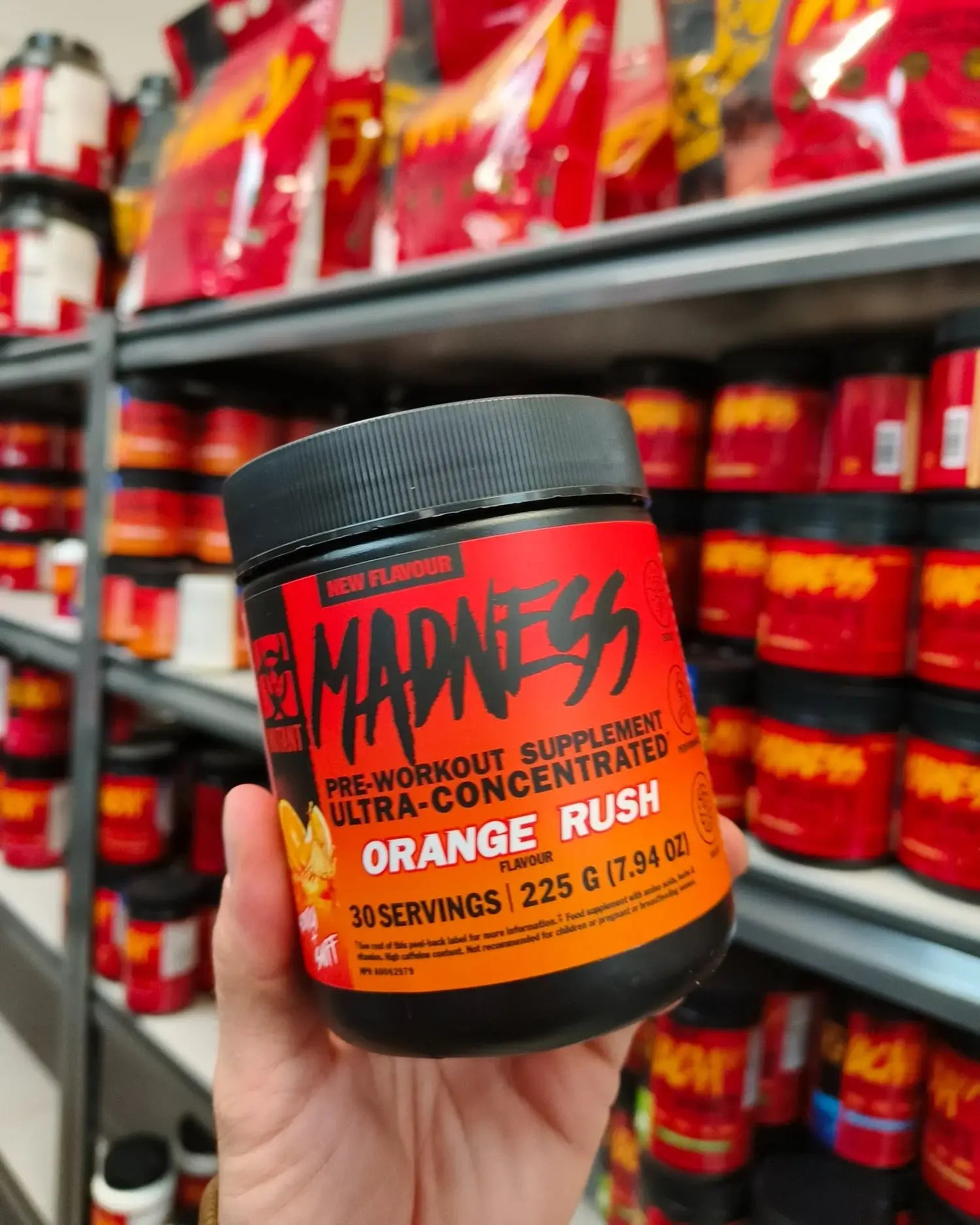Boost Your Shopify Sales: Best Conversion Tips Revealed
shopify
shopify sale
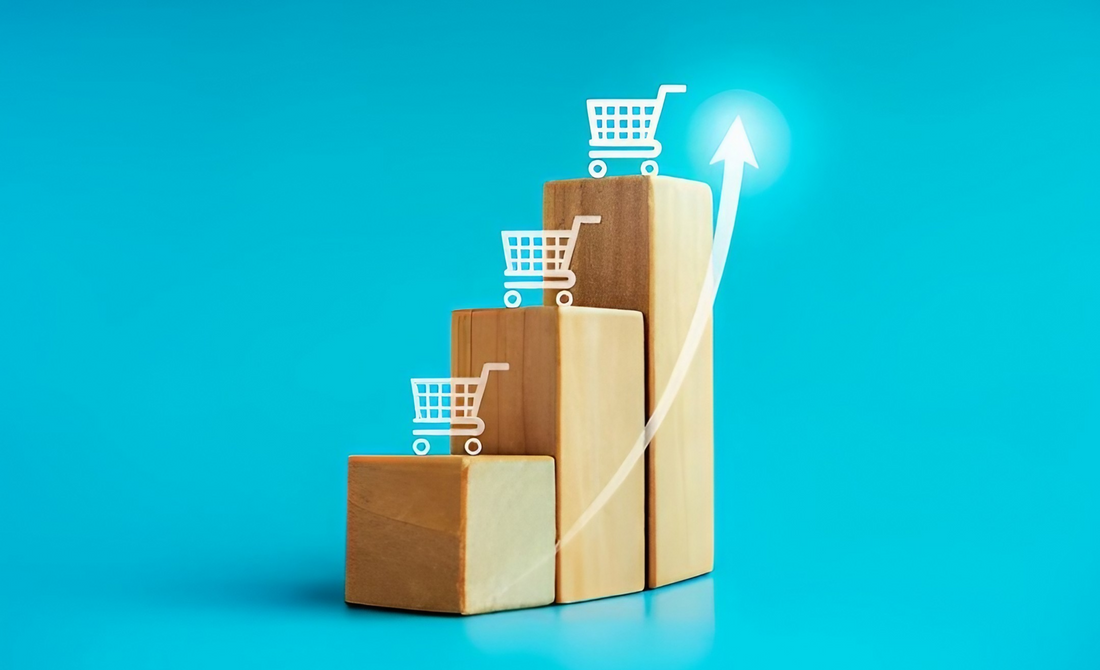
Conversion rate is the cornerstone metric for many ecommerce stores. The higher your conversion rate, the more profitable your business is.
A higher ecommerce conversion rate also influences the cost of ownership. The cost to run your ecommerce site should be a fraction of the revenue it generates. The average ecommerce conversion rate is just 5.2% - so you can see that there is a lot of room for improvement.
Let us just break it down for you.
If your average order value is $50 and you receive 80,000 sessions per month, a mere 1% increase in conversion rate could lead to an additional $40,000 in monthly revenue.
And that’s huge!
So, in this guide we will discuss top 8 strategies to increase your conversion rate and drive revenue growth across your entire store.
Table of content
- 4 Factors Influencing The Conversion Rate of Your Shopify Store
- Top 7 Ways To Increase Your Shopify Store Conversions
- What Are The Tools To Measure Your Conversion Rate On Shopify?
- Frequently Asked Questions
4 Factors Influencing The Conversion Rate of Your Shopify Store
Conversion rate is an important metric that directly determines the success or failure of your ecommerce store. It is influenced by several factors that play a critical role in the customer’s journey.
Here’s a breakdown of some of the most critical elements that can make or break your conversion rate:
#1 Shopify Theme
Your Shopify theme plays a pivotal role in shaping visitors’ perceptions.
According to studies, people make their first impression in a mere tenth of a second, and 94% of these evaluations are influenced by design.
To capitalize on this fleeting moment, your website needs to be visually appealing, easy to navigate, and mobile-responsive.
#2 Clear CTA’s
There must be an easy path to conversion. Whether it's checking out, adding products to their cart, or signing up for a subscription, customers must know exactly what to do next.
Effective calls to action (CTAs) easily guide visitors through the buying process. Bold, well-placed buttons with direct instructions increase the chances of a visitor taking the desired action.
#3 User Interaction
Offering a smooth and intuitive user experience is the key to retaining potential customers. If a user struggles to navigate through your website, they are most likely to abandon their carts.
In fact, simply ensuring that the store runs without glitches can prevent up to 17% of visitors from leaving before completing their purchase. Keeping your website fast, functional, and user-friendly is vital for reducing friction and improving conversions.
#4 Creating a Sense of Urgency
Offering limited time offers creates a sense of urgency prompting customers to act quickly.
In fact, studies show that these offers can increase conversion rates by up to 332%. When customers know an offer is about to expire, they’re less likely to leave your site and more likely to make an immediate purchase.
Top 7 Ways To Increase Your Shopify Store Conversions
Let us go through the ways in which you can increase your conversion rate.
#1 Prioritizing the Checkout Process
Your checkout process decides whether a potential customer will complete the transaction or abandon their cart.
Research shows that 70% of shopping carts are abandoned, with additional costs and the need to create accounts being the top reasons for exits. Instead of focusing solely on increasing traffic, enhancing the checkout experience for your existing visitors can significantly improve conversion rates and reduce customer acquisition costs.
Use the following strategies to improve your checkout experience:
Guest checkout: Allow customers to checkout without the need for creating a new account. This helps to avoid friction and creates less cart abandonment.
Trust signals: Make sure that you show reviews, testimonials, and other security reassurances on your online store. This gives customers the confidence that they can trust you with their personal information.
Payment flexibility: Ensure that you provide multiple payment options including credit cards, mobile wallets, and buy-now-pay-later services. This ensures that you cater to the needs of every shopper.
Also read: 7 Popular Shopify payment gateways.
#2 Clearly State Your Value Proposition
With 57% of customers concerned about inflation, price sensitivity has reached new heights in today’s time. Shoppers are more likely to leave a website if they are unsure whether they’re getting the best deal.
Here’s where the value proposition plays an important role - it tells customers why they should choose your brand over other competitors, especially if your values align with theirs. For example, brands focused on sustainability appeal to eco-conscious consumers who are also mindful of their budget, creating a compelling reason to stay on the site.
Additionally, reducing cart abandonment—which impacts 70% of customers—requires streamlining the checkout process. The key is offering a simple, trustworthy experience.
Conversion rates can be considerably increased by allowing guest checkout, providing trust signals, and taking a variety of payment options.
#3 Eliminate All Sorts of Distractions
The longer you give your customers the opportunity to think about purchasing, the more likely they are to leave your website without completing the transaction.
To speed up the decision-making process, eliminate distractions like:
Intrusive popups: Popups that request phone numbers or email addresses might interfere with the purchasing experience, particularly on mobile devices. Consider using exit-intent or time-based pop-ups instead, which only show up when a user is ready to depart or has spent too much time on a page.
Overwhelming CTA: Visitors can become confused by too many options. Whether it's "Add to cart" on a product page or "Take the quiz" on a landing page, make sure each page has a single, clear call to action.
Long Forms: Only ask for essential information during checkout or sign-ups. Lengthy forms increase the risk of cart abandonment—22% of shoppers leave due to a lengthy checkout process.
#4 Provide Free Shipping
For many shoppers, the decision to buy a product is influenced by several factors including how much they are willing to pay shipping charges. In fact, 68% of consumers are more likely to make a purchase if free shipping is offered, even prioritizing over next-day delivery.
However, shipping still costs someone—if it’s not the customer, it’s the seller.
To cover shipping costs without reducing your profit margin, try to get a better deal with carriers. You can also include the shipping cost into your product pricing.
For instance, if a product costs $34, you could increase the price to $39 to offset the shipping charge, and still use Shopify Shipping’s discounted rates for a profit.
If increasing prices isn’t an option, set a free shipping threshold. Offering free shipping for orders over a certain amount encourages customers to spend more, with 78% willing to buy extra to qualify.
#5 Address Any Customer Concerns
For website visitors to convert into paying customers, they need to feel confident in their purchase decisions. Before completing their order, they might have several concerns, such as:
- Are there hidden fees or extra costs?
- Can I find a better price elsewhere?
- How long will delivery take?
- What if I need to return the product?
- Does the site accept my preferred payment method?
- Is this purchase really urgent for me?
To convert visitors into customers, it’s essential to build trust by addressing concerns proactively. Offering clear product details, transparent pricing, easy navigation, and secure payment options assures customers of a safe, reliable experience.
#6 Include Social Proof On Your Shopify Store
Building trust is a major hurdle in online sales, with many customers hesitating to make a purchase due to concerns about their sensitive information.
As per a study, 25% of online carts are abandoned because shoppers don’t trust the site enough to share their data. With 8% of Americans already having fallen victim to scams, this worry is obviously understandable.
Fortunately, you don’t always have to be a big brand to build trust.
Because when people are uncertain, they turn to others for reassurance - and this is where you can leverage social proof.
You can include the following social elements to build trust:
- Third-party scientific tests and studies
- Real customer testimonials, case studies, and reviews
- Influencer or celebrity endorsements
- Recommendations from trusted experts
#7 Split Testing
Conversion rate optimization is a continuous process as user behavior changes with changing trends in the market.
This is where split testing comes into action - helping you adapt and optimize your website.
By experimenting with various components, such as value propositions, graphics, formatting, and website language, you can assess what appeals to your audience the most.
You run two versions of a page—one with a small change—and compare the conversion rates. This way, any differences in performance can be linked to the specific change made.
What Are The Tools To Measure Your Conversion Rate On Shopify?
There are several tools integrated into Shopify and third-party apps that help track and analyze your conversion rate.
Shopify Analytics
An effective place to start when tracking the success of your store is with Shopify's integrated analytics tool. It gives you information about your overall conversion rate and assists in segmenting it into different groups, such as new vs. returning customers or desktop vs. mobile users. Shopify Analytics also offers reports on sales, traffic, and customer behavior.
Shopify also gives insights into sales by product, sales channels, and the source of traffic, helping you identify areas that need improvement.
Google Analytics
Google Analytics is a comprehensive tool that can be integrated with your Shopify store for more advanced tracking. After it is configured, Google Analytics monitors a variety of consumer activities, such as page visits, bounce rates, time spent on the website, and goal completions.
Google Analytics allows you to set up goals for conversion tracking, like purchases, form submissions, or sign-ups. This can help you in determining which pages or product listings are generating conversions and tracking particular actions people take on your website.
You can even set up ecommerce tracking to monitor product performance, transaction values, and revenue data.
Hotjar
Another tool that helps in understanding user behaviour on your website is Hotjar. With the help of surveys, heatmaps, and session records, Hotjar offers insights into user behaviour that let you identify potential problem or drop-off locations. This can help you identify friction points that may be hurting your conversion rate.
Heatmaps are particularly useful, showing where users click, how far they scroll, and what they engage with most on a page. By analyzing these patterns, you can optimize your site layout and design to improve conversions.
Klaviyo
Klaviyo is an email marketing software that provides strong analytics for evaluating email campaign conversion rates and integrates easily with Shopify.
In addition, it also helps to monitor the efficacy of your email campaigns, including post-purchase emails and reminders for abandoned carts. These insights are essential for enhancing your email marketing tactics and increasing conversions.
OptinMonster
OptinMonster is a powerful tool designed to help you convert visitors into customers by providing lead generation tools such as popups, floating bars, and exit-intent offers. With OptinMonster’s conversion tracking, you can see how effective each popup or campaign is in terms of converting visitors into buyers.
The tool also allows you to perform A/B testing on your campaigns, so you can test different messaging, designs, and offers to see which ones result in the highest conversion rates.
Frequently Asked Questions
How do you measure conversion rate?
To measure conversion rate, divide the number of completed goals (e.g., purchases) by the total number of visitors, then multiply by 100. For example, 50 purchases from 1,000 visitors equals a 5% conversion rate.
What is the KPI for conversion rate?
Key KPIs for conversion rate include cart abandonment rate, checkout completion rate, bounce rate, average order value (AOV), customer acquisition cost (CAC), website traffic sources, landing page performance, and percentage of returning customers.
What is conversion rate analysis?
Conversion rate analysis is the process of evaluating how effectively a website or marketing strategy converts visitors into desired actions, such as purchases or sign-ups. It identifies performance gaps and opportunities for optimization to improve results.
CrawlApps
At CrawlApps, we don’t just build Shopify stores—we create experiences that sell. We’re a bunch of problem-solvers who love turning ideas into stores that actually converts. Whether it’s fixing what’s broken or building something from scratch, we make sure every detail works in your favor. No fluff, no jargon—just real solutions that help your business grow. If you’re serious about Shopify, you’ll feel right at home with us.


